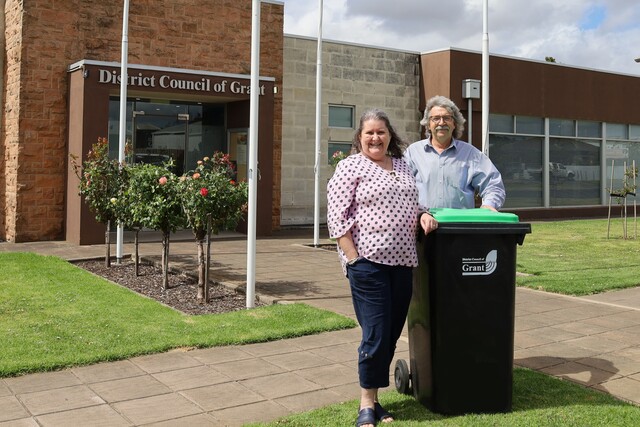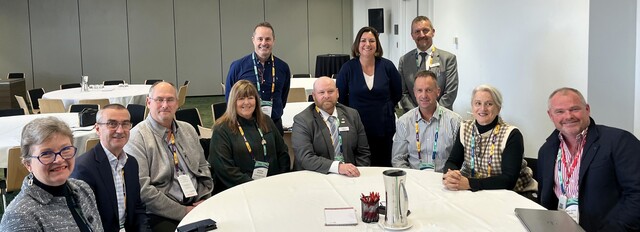The UK Experience by Malcolm Morley*
Petitions relate to issues that matter to local people. England is a nation of petitioners and Councils throughout England have to respond to petitions about everything from speed humps to bonfires to social care.
Frequently petitions for local issues are presented to Councils without any involvement from local Councillors. This circumvention of Councillors happens for a variety of reasons.
It is interesting to note that often the response from Councillors is positive in that they frequently decide to investigate further the matters raised either through referral to the Council’s Scrutiny Committee, raising questions at Council or through calling for a report from the Council’s staff.
It is also interesting to note that the reason that petitions are generated appears to be that a group of individuals are either:
- unhappy with the decisions
actions of Council - have been unable through
other forms of lobbying to
get these changed - they perceive inaction/lack
of awareness of an issue by
Council - they want Council to act on
their behalf to apply
pressure on other
organisations to act in
some way.
Central Government is currently consulting on providing local petitioners with more formalised status through a national codification for how Councils should deal with petitions. It could be argued that this initiative provides a danger of the role of the local Councillor being undermined.
Councillors are community leaders being elected by local (ward based) communities as their representatives. Acting together they consider issues affecting the whole community/area covered by the Council.
Surely there would be strength in the case of petitioners for local (ward) issues having first to petition their local Councillor for support?
The Councillor, if he/she agrees to support the petitioners, could then take up their cause formally through the Council’s processes such as by referral to a Scrutiny Committee or by asking questions at Council or Committee meetings or by seeking resolution through more informal means.
For issues wider than one ward there would also be strength in petitioners having first to seek to gain the support of at least one of the local Councillors representing the communities/areas affected to take up the issue on their behalf. In this way the Councillor’s role as community leader and advocate is supported.
Clearly where petitioners could not get the support of an appropriate Councillor they would still have access to the press to seek to influence the Council and other Councillors.
Dealing with petitions in this way uses the existing Councillor “call for action” (the power to refer issues to the Scrutiny Committee and to ask questions at Council and relevant Committee meetings) and reinforces the community leadership role of the Councillor. It also provides a means of supporting engagement between local Councillors and the communities that they represent.
Central Government states that it is determined to breathe new life into local democracy through giving elected local Councillors the space to show a lead.
Putting Councillors at the heart of dealing with petitions could be a step towards achieving this aspiration.
*Malcolm Morley is Chief Executive of Harlow District Council and can be contacted via the Editor, email info@lgfocus.com.au The views expressed in
this article are not necessarily those of
his employer.







